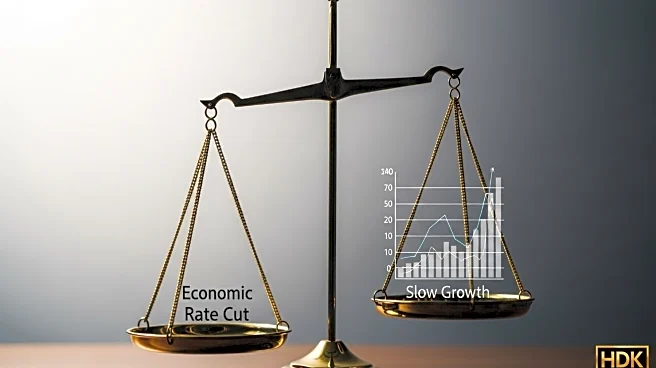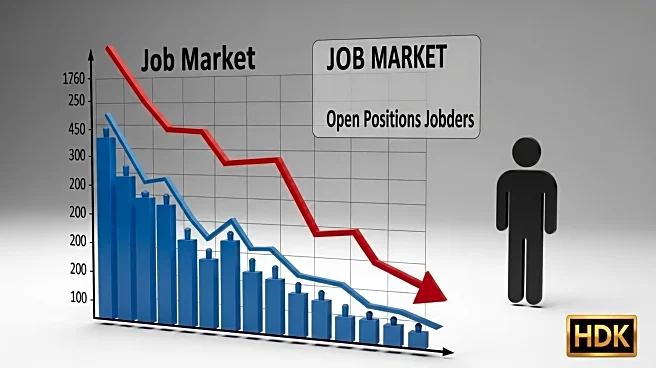What's Happening?
The U.S. manufacturing industry experienced a decline in employment, losing 12,000 jobs in August, as reported by the Bureau of Labor Statistics. This continues a downward trend since February 2023, despite efforts by President Trump's administration to bolster the sector. Factors contributing to this decline include uncertainty around trade policies, tariffs, and consumer spending, which have led businesses to slow hiring. The manufacturing sector, which once accounted for 22% of total employment in 1979, has seen a significant reduction, now representing about 8% of nonfarm employment. Economists attribute this trend to increased productivity and higher interest rates aimed at easing inflation.
Why It's Important?
The decline in manufacturing jobs highlights challenges in the U.S. economy, particularly in sectors reliant on trade and consumer confidence. Tariffs have increased production costs, leading to higher prices and reduced demand, which in turn affects employment. The situation underscores the complexity of reviving manufacturing jobs, as significant capital investment is required to return the sector to its historic peak. The current tariff policy, while intended to boost domestic manufacturing, may not be sufficient to overcome these hurdles, impacting higher-skilled and higher-paying roles.
What's Next?
The future of manufacturing job growth will depend on companies' decisions to shift production to the U.S. and the resolution of trade policy uncertainties. While tariffs alone may not significantly impact job growth, combined with other industrial policies, they could potentially spark a revival. However, the sector faces challenges in finding qualified workers and managing increased production costs. Positive signals, such as slowed raw material price growth and expanded new orders, offer some hope for recovery.











